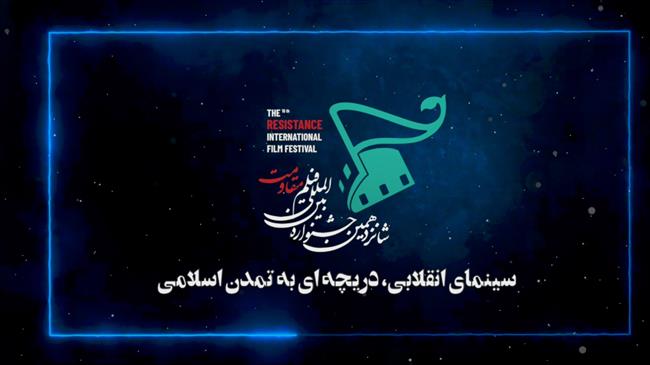Wizard of Oz tops list of most culturally significant Hollywood movies
The Wizard of Oz, the 1939 musical fantasy, has been chosen as the most culturally significant Hollywood film in the history of cinema, an academic paper claims.
In a peculiar study, printed by Illinois’ Northwestern University, three academic scholars scrutinized the ‘movie connections’ section on the Internet Movie Database (IMDB) website to come across the most culturally, historically, and aesthetically exceptional movies by laying emphasis on the ‘most cited’ features.
Regarding the methodology of the study, the significance of the movies are evaluated based on the frequency of the references to a feature by another movie in a 25-year or older interval, technically called the "long-gap citation." This method emphasizes how often the motifs, depictions, or general memos of a movie are addressed in other directors' works years after the major feature.
The outcome of the research culminated in a list of 10 movies, which stand as some of the most critically-acclaimed features of the previous century. Victor Fleming’s The Wizard of Oz tops the list of the most influential Hollywood movies with 565 long-gap citations, drawing a striking distance with George Lucas’s 1977 movie, Star Wars, with 297 references at the second place.

The Wizard of Oz, branded for its one-of-a-kind Technicolor art, along with its atypical characters, narrative style, and musical distinction, is historically known to be a privileged representative of the popular culture of its age. Starred by Judy Garland and Frank Morgan, The Wizard of Oz was nominated for 6 Academy Awards in 1940, winning 2 Oscars for Best Original Song and Best Original Score.
Alfred Hitchcock’s physiological thriller-horror movie, Psycho (1966), sat on the third place with 241 references. Michael Curtiz’s 1942 masterpiece, Casablanca, and Victor Fleming’s epic historical romance, Gone with the Wind (1939) came in fourth and fifth place, with 212 and 198 scores. Passing the top five features of the list, King Kong (1933), Frankenstein (1931), Francis Ford Coppola’s The God Father (1972), Orson Welles’s Citizen Kane (1941), and Stanley Kubrick’s 2001, A Space Odyssey (1968), occupied the sixth to tenth place in order.
The researchers claim that their approach gives better profit in forecasting the enormity of a movie, comparing to other metrics such as critical reviews or box office sales. "Long-gap citation" appears to be a distinctive approach, which basically goes beyond the tradition methods of cinematic judgments.

"Movie critics can be overconfident in spotting important works, and they have bias," Luís Amaral, the head of the research remarked, adding "[but] our method is as objective as it gets.”
Amaral and his co-researchers regard their study as a cornerstone of modern artistic analysis and are seemingly planning to expand their approach into not only analyzing the influential works in other fields of arts such as music and painting, but also into assessing the magnitude of scientific papers.
MM/SS
Israeli airstrike kills at least 7 people in Rafah
VIDEO | Iranians hold nationwide demos in support of IRGC
Syria condemns US veto of Palestine UN membership resolution
Iraqi resistance forces hit Israeli Ovda air base
Hackers break into Israeli military’s computers, access trove of documents
Tulkarm Brigade commander killed by Israeli forces in raid on refugee camp
Zionist media desperately trying to turn Israeli defeat into victory: Iran
VIDEO | Press TV's news headlines










 This makes it easy to access the Press TV website
This makes it easy to access the Press TV website